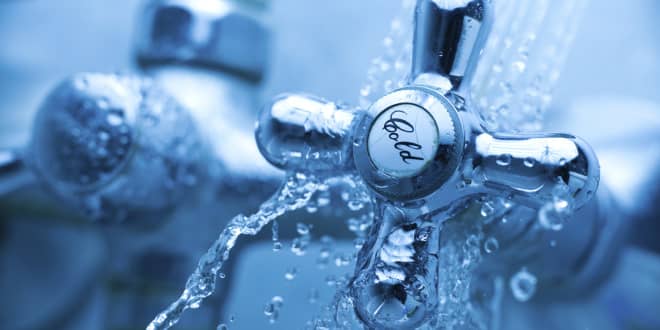Physical Properties of Foods
PHYSICAL PROPERTIES OF FOODS
REFERENCES
Physical Properties of Foods. Sahin, S., Sumnu, S.G., Food Science Text Series, 2006, Springer.
Engineering Properties of Foods. (from library) Rao, M. A., Rizvi, S. S. H, Datta, A. K. Taylor and Franchis,3rd edition, 2005.
Food Properties Handbook . (from library) Rahman, M.S.. CRC Press, 2nd edition, 2009.
CONTENT
Introduction to Physical Properties
Surface Properties
Solubility, Surface Tension, Emulsions, Foams, Gels
Rheological Properties
Thermal Properties
Electrical Properties
Electromagnetic Properties
Optical Properties
Water activity and sorption behaviour
Introduction
The engineering properties of foods are important in the process design and manufacture of food products.
They can be classified as thermal (specific heat, thermal conductivity, diffusivity), optical (color, translucency), electrical (conductivity, permittivity), mechanical (structural, geometrical, and strength), and food powder (primary and secondary) properties.
Most of these properties indicate changes in the chemical composition and structural organization of foods ranging from the molecular to the macroscopic level.
Both modern and more conventional measurement methods allow computation of these properties, which can provide information about the macrostructural effects of processing conditions in fresh and manufactured foods.
Mathematical models have been fitted to data as a function of one or several experimental parameters, such as temperature, water content, porosity, or other food characteristics
Several microscopy, scanning, and spectrometric technologies permit close visualization of changes in structure at different levels.
Food materials or biological materials in general can display large compositional variations, inhomogeneities, and anisotropic structures.
Composition can change due to seasonal variations and/or environmental conditions, or in the case of processed foods, properties can be affected by process conditions and material history.
For Example:
North Atlantic fish show dramatic compositional changes in their protein and moisture contents throughout the seasons.
Cereals that are puffed up under different moisture and temperature conditions can vary widely in density and cell-size distribution, and exposure of such products to moist atmospheres, sometimes for short periods only, can have dramatic effects on their crispness.
Therefore, in many cases the data found in published lists for engineering properties of foods can only be considered as approximate values.
Nevertheless, these tabular values are still very useful since a safety factor is added to almost all calculations or designs of food processes and/or operations.
Early physical property analyses required constant uniform values and were often oversimplified and inaccurate.
Nowadays, computational engineering techniques can be used to evaluate non-uniform properties (for example, thermal properties) that change with time, temperature, and location in food products that are heated or cooled.
Improvements measuring the compositions of foods are now allowing predictions of engineering properties that are more accurate than previously, since they can be predicted from existing numerical and empirical models of the food‘s composition, temperature, and porosity.
There has always been a tendency to make general correlations in predicting properties of food materials for use in process design equations.
A mathematical functions have already been fitted to experimental data, and models are bringing order to experience with the goal of clarifying which components or interactions are important in a food system.
…

